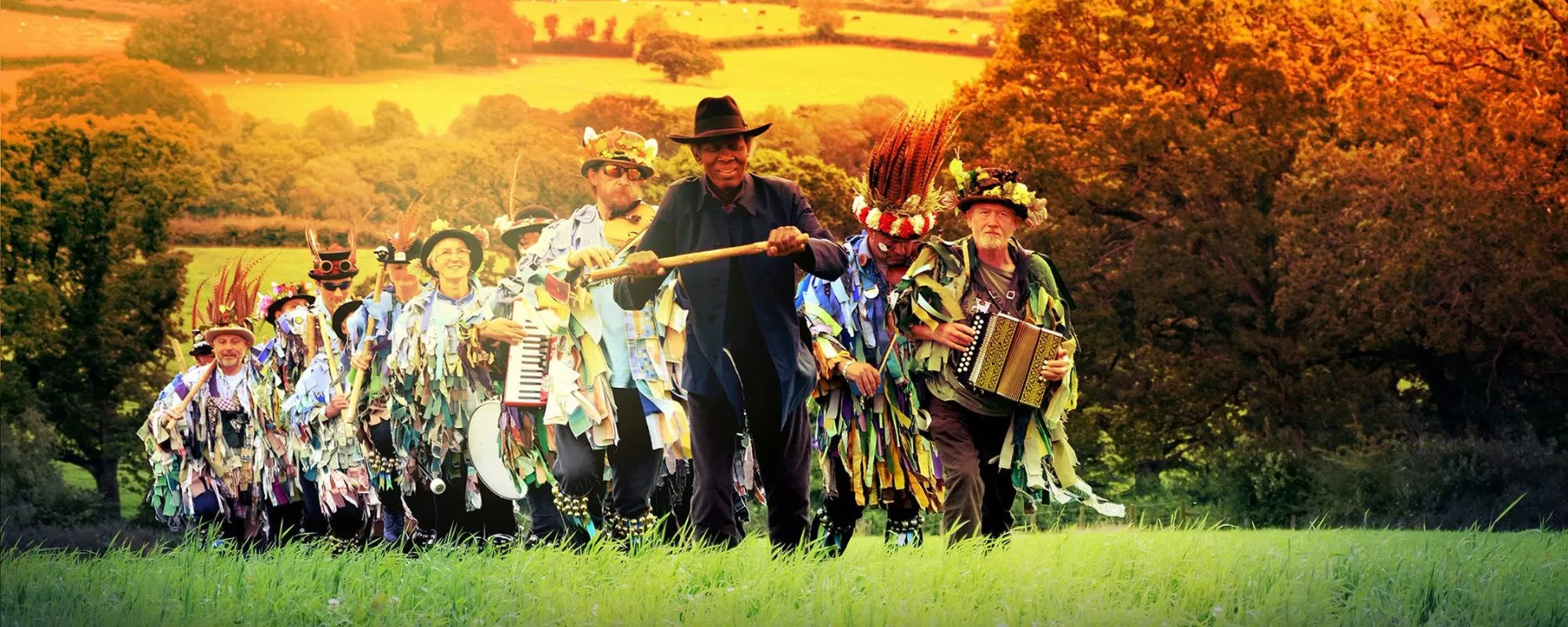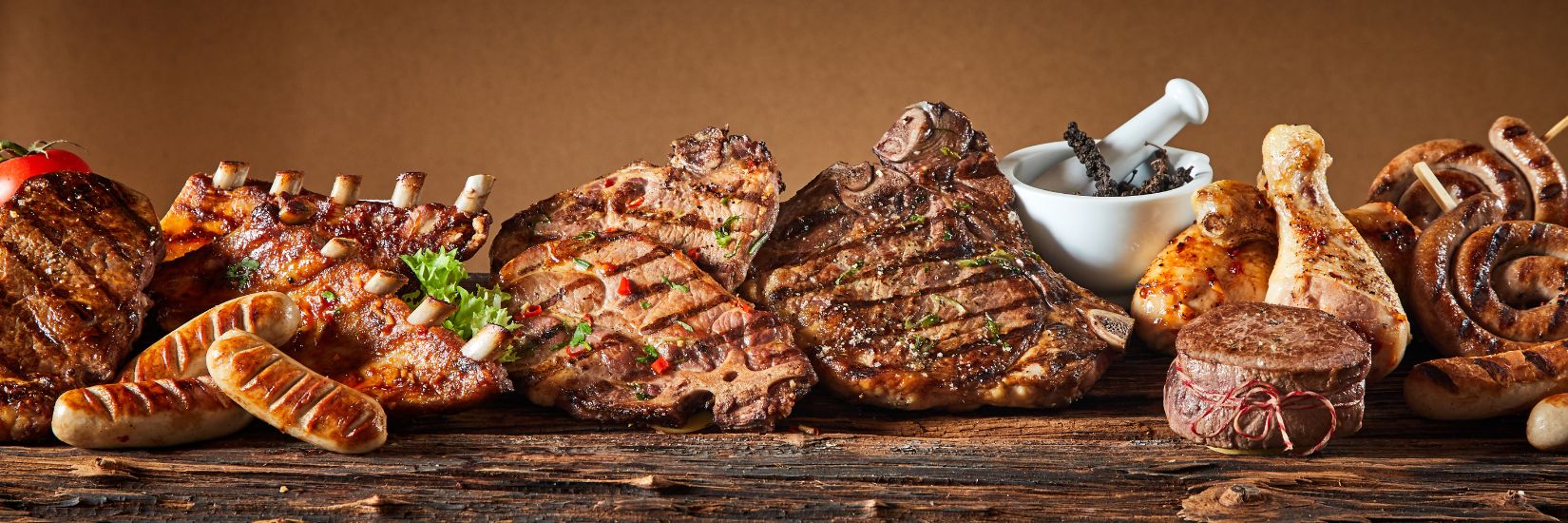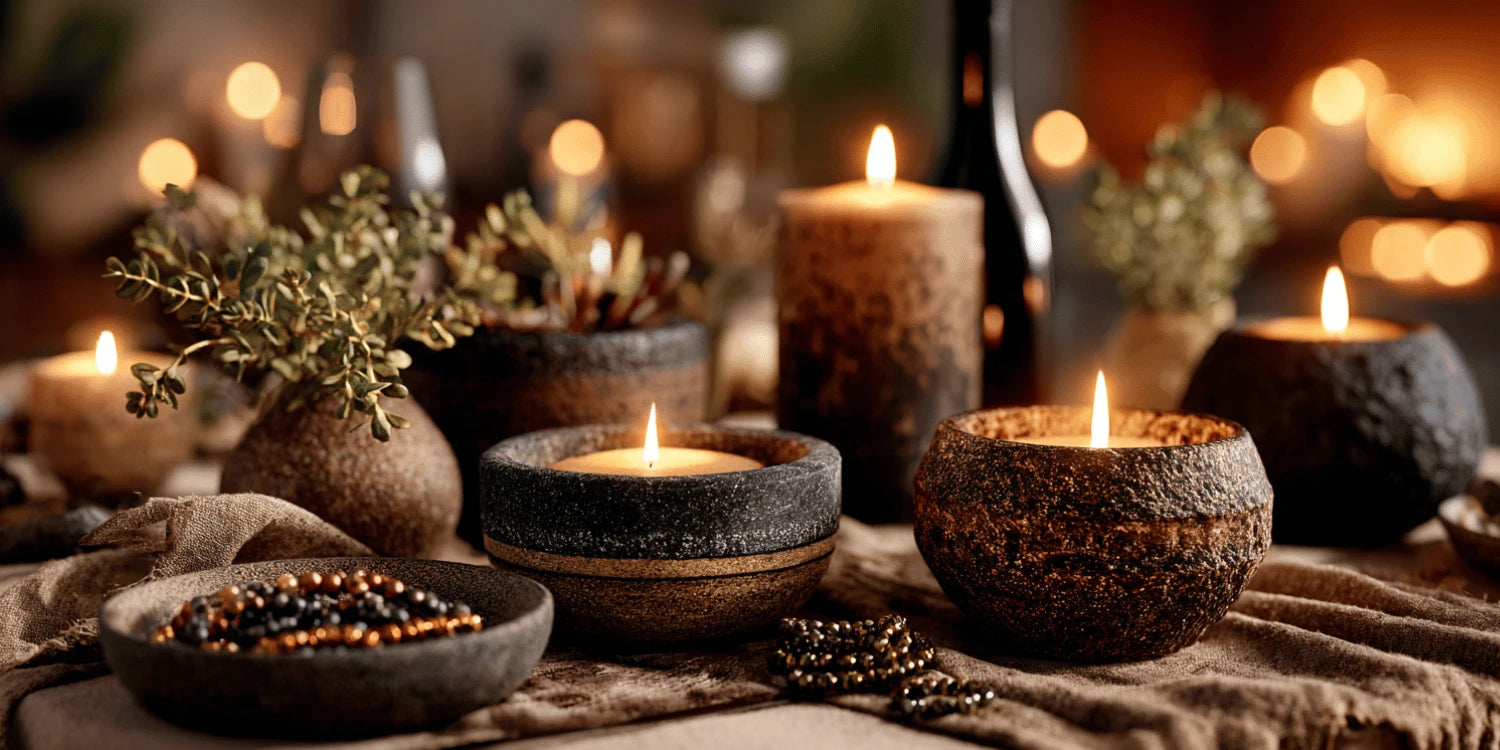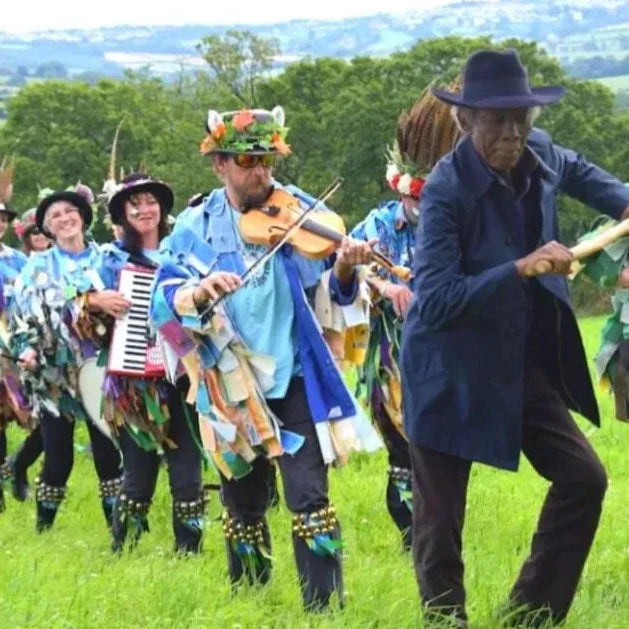
Morris Dancing & Me
If you’re new to it, it’s an age-old tradition that dates to early 1448, and has long been enjoyed by men and women here in England. It’s most famous for the bells, flowers and handkerchiefs adorned to the costumes of participants: quite a spectacle to see and a sound to behold! What I love about it is that it unites everyone over the simple joy of dance in a glorious celebration of life.
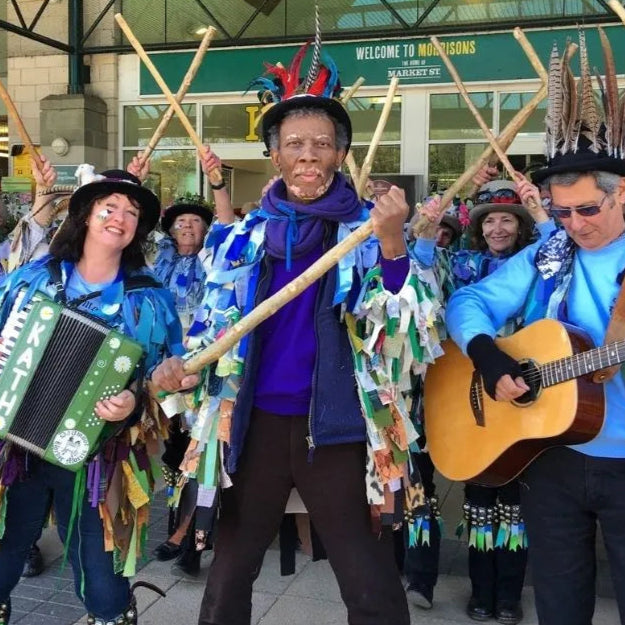
About Morris dancing
Each dance troupe has its own story, identity and style while the dancing itself is thoroughly energising. The vibrant movement and music captivate my senses! I’ve been part of a local troupe called the Dartmoor Border Morris for years and it really connects to the spirit of the community. I got back on the tools with the troupe even in the early days after recovering from leukaemia – it proved to be some of the best kind of medicine!
I now consider myself a true Morris man. I love being part of it and creating awareness of this wonderful dance tradition to a more diverse audience.
Why don’t you give it a try? I’ll see you on the dance floor!
Frequently Asked Questions
-
Morris dancing is a traditional English folk dance that dates back centuries—records show it as early as 1448! It combines music, rhythm, and energetic movement, often featuring bells, handkerchiefs, sticks, and colourful costumes. Each troupe (called a “side”) has its own unique flair and story.
-
Not at all. While it’s rooted in tradition, Morris dancing is for everyone. Young or old, beginner or seasoned dancer—it’s all about the joy of movement and connecting with community. I’d love to see more diverse people getting involved.
-
There are several styles of Morris dancing—like Cotswold, Border, and Northwest. I dance with Dartmoor Border Morris, which has a more earthy, theatrical style. It’s often marked by face paint, loud drums, and bold costumes. Other styles might use garlands, clogs, or swords. It’s wonderfully varied.
-
Not at all! If you can count to eight and laugh at yourself, you’re in. Most sides will welcome beginners with open arms. It’s about rhythm, expression, and being part of something bigger—not perfection.
-
Yes—and that’s what makes it special. Historically, Morris dancing is linked to celebration, harvest, and community life. Today, it still brings people together, boosts mental health, and keeps a beautiful piece of British heritage alive. For me, it was even part of my recovery after leukaemia. It gave me energy, purpose, and a place to belong.
-
Just turn up and ask! Many towns and villages have local sides that rehearse weekly and perform at fairs, pubs, or seasonal events. You don’t need fancy gear or experience—just bring your curiosity and a sense of fun. Trust me, there’s nothing quite like it.
